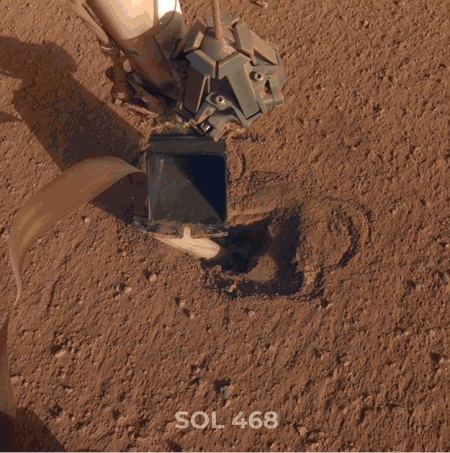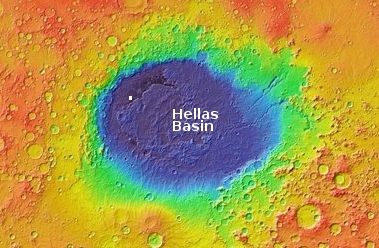India to give private space access to ISRO facilities
The new colonial movement: India’s government has announced that private commercial space companies will be given full and equal access to the facilities operated by its space agency, ISRO.
The private sector will be allowed to use ISRO’s facilities and assets and they will be provided a level-playing field in satellites, launches and space-based services, Union Minister Jitendra Singh said on Tuesday, days after the government announced opening up of the domain.
Future projects for planetary exploration and outer space travel will be open for the private sector, he added. ‘Private companies to be provided a level-playing field in satellites, launches and space-based services. Future projects for planetary exploration, outer space travel will be open for the private sector,’ he said in a statement.
If true, what this means is that if a private company builds its own rocket, it will be allowed to use ISRO’s launchpads to launch from. It also means that the government does not want ISRO to lord over those private companies.
Whether this will happen as intended however remains a question. In essence this is the same turf war between the private sector and a government-run industry that has been playing out in the U.S. Here, the private sector appears to be winning, mostly because of the effort of SpaceX. I am not sure what will happen in India, as they don’t yet have any companies like SpaceX to push the issue.
The new colonial movement: India’s government has announced that private commercial space companies will be given full and equal access to the facilities operated by its space agency, ISRO.
The private sector will be allowed to use ISRO’s facilities and assets and they will be provided a level-playing field in satellites, launches and space-based services, Union Minister Jitendra Singh said on Tuesday, days after the government announced opening up of the domain.
Future projects for planetary exploration and outer space travel will be open for the private sector, he added. ‘Private companies to be provided a level-playing field in satellites, launches and space-based services. Future projects for planetary exploration, outer space travel will be open for the private sector,’ he said in a statement.
If true, what this means is that if a private company builds its own rocket, it will be allowed to use ISRO’s launchpads to launch from. It also means that the government does not want ISRO to lord over those private companies.
Whether this will happen as intended however remains a question. In essence this is the same turf war between the private sector and a government-run industry that has been playing out in the U.S. Here, the private sector appears to be winning, mostly because of the effort of SpaceX. I am not sure what will happen in India, as they don’t yet have any companies like SpaceX to push the issue.











